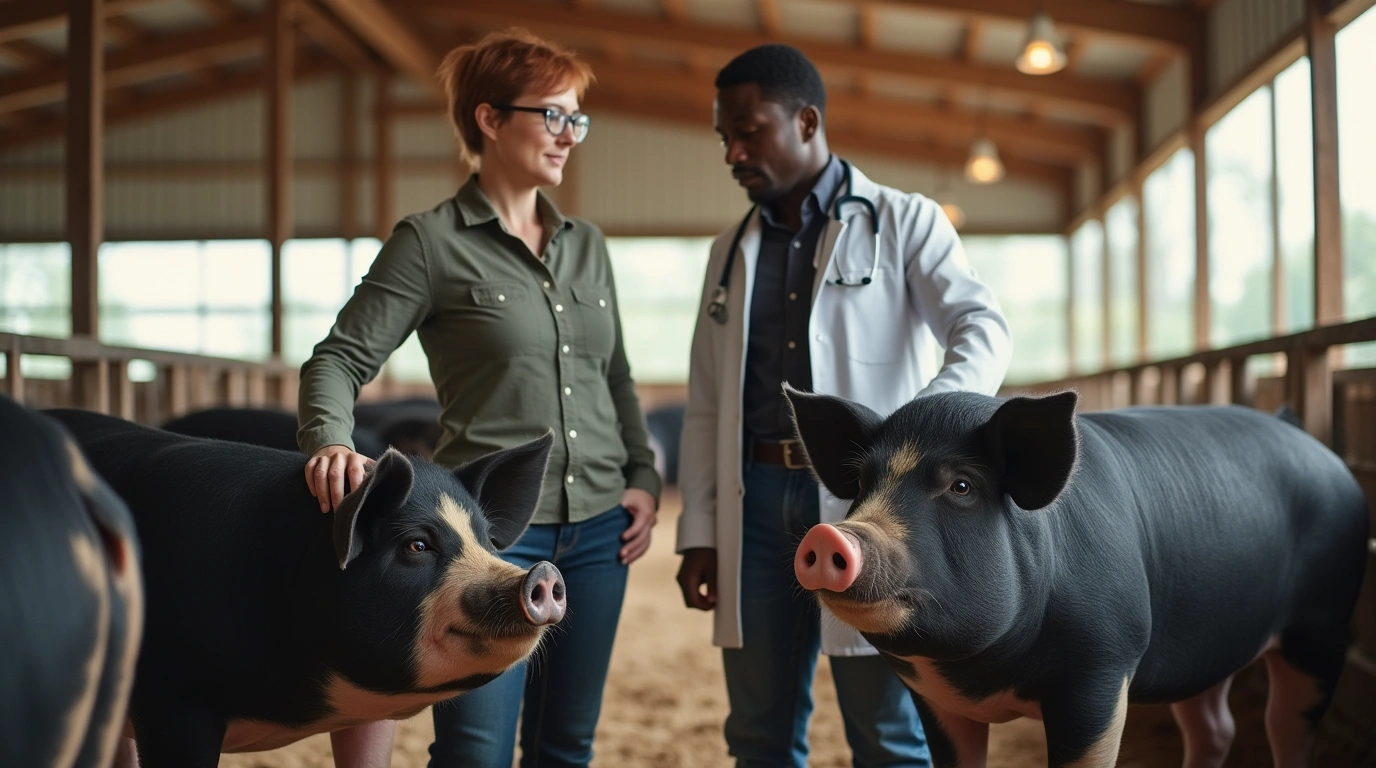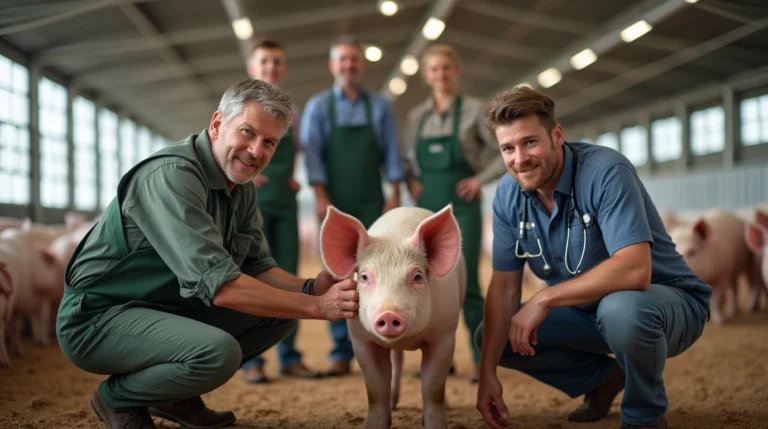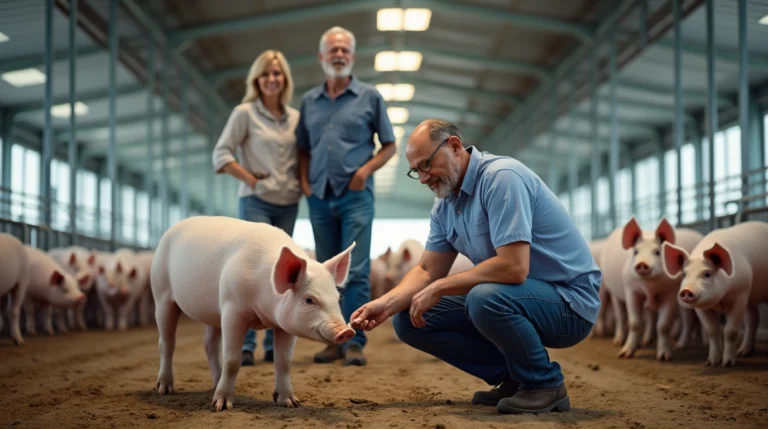Uncover the critical insights about PRRS Virus in Pigs: Learn about symptoms, treatments, and prevention strategies to protect your swine herd’s health and productivity.
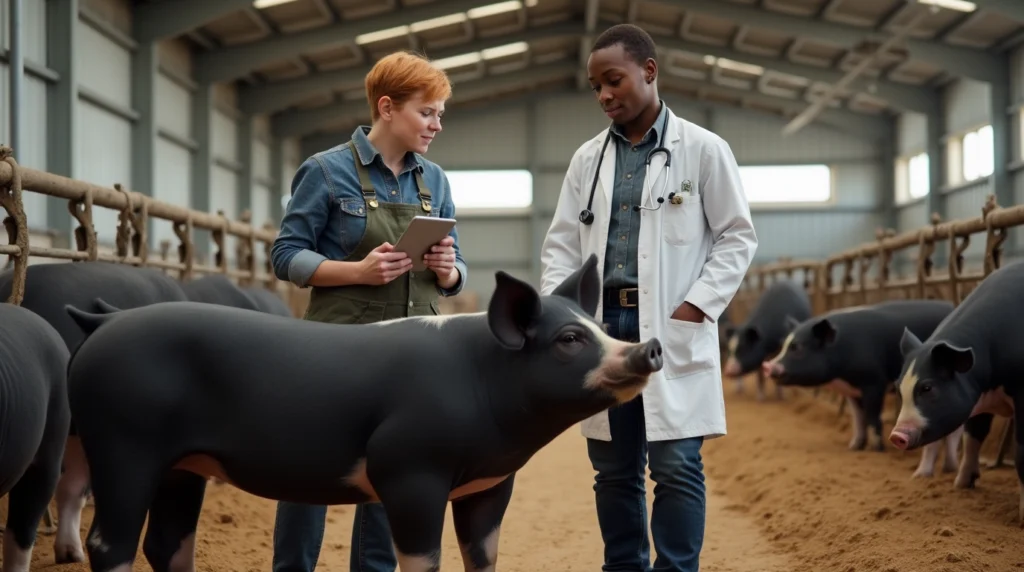
Table of Contents
Porcine Reproductive and Respiratory Syndrome (PRRS) is a devastating viral disease that poses significant challenges to swine producers worldwide. The PRRS virus in pigs can cause substantial economic losses, impacting reproductive performance and respiratory health of both sows and piglets. This comprehensive guide will explore the intricate details of PRRS, empowering farmers and veterinarians with crucial knowledge to combat this complex viral threat.
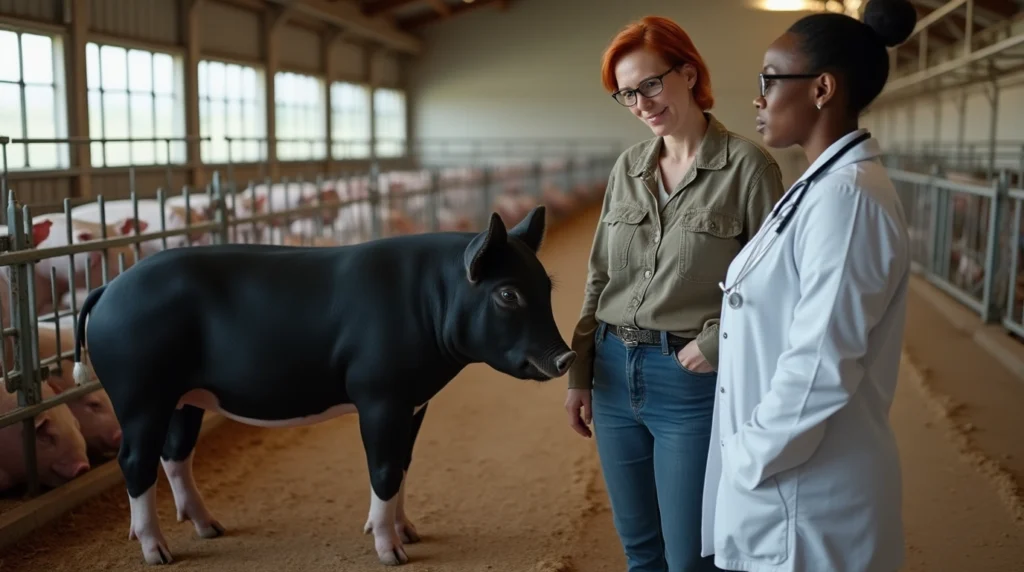
Understanding PRRS Virus in Pigs
What is PRRS?
Porcine Reproductive and Respiratory Syndrome (PRRS) is a viral disease caused by an RNA virus from the Arteriviridae family. First identified in the late 1980s, the PRRS virus has since become one of the most economically significant diseases in modern swine production.
Transmission Mechanisms
The PRRS virus spreads through multiple pathways:
- Direct contact between infected and healthy pigs
- Airborne transmission within farm environments
- Contaminated equipment and vehicles
- Semen from infected boars
- Vertical transmission from sow to piglets
5 Critical Symptoms of PRRS Virus in Pigs
1. Reproductive Complications
- Increased abortion rates
- Premature farrowing
- Mummified and stillborn piglets
- Reduced conception rates
- Decreased overall reproductive efficiency
2. Respiratory Distress
- Labored breathing
- Increased respiratory rate
- Pneumonia-like symptoms
- Reduced growth performance
- Higher susceptibility to secondary bacterial infections
3. Immunosuppression
- Weakened immune system
- Increased vulnerability to other pathogens
- Reduced vaccine effectiveness
- Prolonged recovery periods
- Higher mortality rates in young pigs
4. Piglet Health Impacts
- Low birth weights
- Increased neonatal mortality
- Stunted growth
- Compromised immune development
- Higher susceptibility to secondary infections
5. Systemic Inflammation
- Fever
- Lethargy
- Reduced feed intake
- Weight loss
- Generalized weakness
Advanced Treatment Strategies
Veterinary Interventions
- Targeted Antiviral Treatments
- Supportive Care Protocols
- Immune System Support
- Secondary Infection Management
Biosecurity Measures
- Strict isolation protocols
- Comprehensive farm hygiene
- Controlled pig movement
- Regular health screenings
- Vaccination programs
Prevention Strategies
Comprehensive Herd Management
- Implement robust biosecurity protocols
- Develop strategic vaccination programs
- Conduct regular health monitoring
- Maintain strict quarantine procedures
- Minimize external pig introductions
Genetic Selection and Breeding
- Breed for genetic resistance
- Select bloodlines with proven PRRS resilience
- Implement careful breeding management
- Use advanced genetic testing techniques
Recommended Veterinary Products on Amazon
- Pig Health Monitoring Thermometer
- Advanced Disinfection Kit for Livestock
- Biosecurity Personal Protective Equipment Set
- Professional Veterinary Diagnostic Test Kit
Frequently Asked Questions (FAQ)
How deadly is the PRRS virus?
The mortality rate can range from 4-10% in sows and up to 20% in piglets, depending on strain virulence and farm management.
Can humans contract PRRS?
No, the PRRS virus is species-specific and cannot infect humans.
How long does the virus survive outside a host?
The PRRS virus can survive up to 48-72 hours on surfaces under optimal conditions.
What is the economic impact of PRRS?
Annual losses in the United States alone are estimated between $500-750 million due to reduced productivity and veterinary expenses.
Conclusion
Understanding and managing the PRRS virus in pigs requires a multifaceted approach combining advanced veterinary science, robust biosecurity, and proactive management strategies. By implementing comprehensive prevention and treatment protocols, swine producers can significantly mitigate the impact of this challenging viral disease.
Call to Action: Share your experiences with PRRS management or leave a comment below to contribute to our collective knowledge in swine health!
Additional Resources
- Consult local veterinary professionals
- Stay updated with agricultural research publications
- Attend specialized swine health workshops
Disclaimer: This article is for informational purposes and should not replace professional veterinary advice.

